Wyatt DynaPro PlateReader III WPR3-01 DLS Plate Reader
$22,550.00 Original price was: $22,550.00.$15,550.00Current price is: $15,550.00.-31% OFF
Explore the cutting-edge DynaPro PlateReader III, a dynamic and static light scattering instrument revolutionizing high-throughput particle analysis in labs. Learn how its automation, speed, and versatility in nanoparticle sizing, protein aggregation, and pharmaceutical formulation make it an indispensable tool for modern scientific research.
In stock
Description
The DynaPro PlateReader III is a highly sophisticated instrument designed for dynamic light scattering (DLS) and static light scattering (SLS) measurements, offering significant advantages for various laboratory applications.
The DynaPro Plate Reader III from Wyatt Technology is an integrated instrument for automated, high-throughput characterization of macromolecules and nanoparticles’ size, molecular weight, aggregation, and stability. The instrument combines dynamic and static light scattering approaches and contains a single, fully automated platform with measurements taken directly in 96, 384, or 1536 microwell plates.
We just got the DynaPro Plate Reader III and it is a great addition to our lab. Results are of high quality and reproducibility, all with an intuitive and well laid out user interface. The instrument is often used as a pre-cursor to or to consolidate data from SAXS protein analysis. We often work with small concentrations and the plate reader has a high enough sensitivity for our purposes.
- James Jorgensen: Structural and Biophysical Core Facility
A DynaPro Plate Reader III instrument (Wyatt Technology) was used to implement opalescence measurements in a high-throughput format by exploiting its capability to measure static light scattering at an angle
of 169◦ with a laser wavelength of 830 nm.
Three wells per sample in a 384-well plate with a glass bottom (Wyatt) sealed by adhesive film (ThermoFisher) were used, with a sample volume of 100 µl per well. The
plates were centrifuged for 2 min at 300 rpm before being placed in the plate reader. A laser intensity of 2 % was employed at an attenuation level of 0 % for opalescence measurements. One acquisition of 5 s was
recorded per well.
[embedpress]https://www.youtube.com/watch?v=NDEWPnVWU04[/embedpress]
DynaPro PlateReader III Key features
- Measure hydrodynamic radius from 0.5 nm to 1000 nm
- Determine particle concentration for particles up to 320 nm in diameter
- Sensitivity for size down to 0.125 mg/mL lysozyme
- Measure weight-average molar mass from 1 to 1000 kDa
- Industry-standard microwell plates of 96, 384 or 1536 wells
- Sample volume from 4 μL to 150 μL
- All measurements made in situ in the wells
- Temperature ramps from 4 °C to 85 °C
- Integrates with plate-based liquid handling robotics
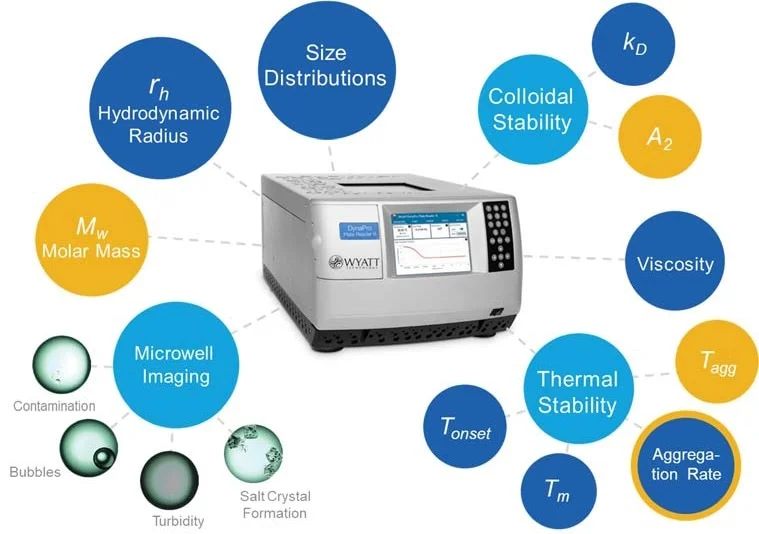
If the goal is to get biologics to market faster, then productivity is the name of the game. Users need additional protein stability and quality analyses faster, covering more indicators. This dream can be realized with DynaPro Plate Reader III, which gives the confidence that can only be achieved by robust, detailed measurements of static and dynamic light scattering over many replicates, samples, and conditions.
It does all this easily and automatically in standard microwell plates, with high throughput, allowing users to be productive in other activities while SLS and DLS measurements are taking place.
Here’s why the DynaPro PlateReader III could be an excellent choice for labs:
- High-Throughput Sizing and Screening: The DynaPro PlateReader III excels in high-throughput sizing and screening, particularly pharmaceutical and nanoparticle formulations. This capability enables laboratories to conduct novel workflows that are impossible with conventional DLS instruments.
- Productivity and Flexibility: It offers unparalleled productivity and flexibility, essential for demanding tasks like nanoparticle sizing, protein aggregation studies, biotherapeutic formulation, and optimization of protein crystallization conditions. The ability to perform measurements in situ without fluid transfer adds to its efficiency.
- Versatility in Sample Types: The DynaPro PlateReader III can measure a wide range of sample types in standard microwell plates. This versatility is particularly beneficial for rapidly assessing protein quality in solution, making it a valuable tool for protein research and quality control.
- Sophisticated Automation and Fast Data Gathering: It is ideal for high-throughput screening applications due to its sophisticated automation features and lightning-fast data gathering. This feature is crucial for labs that must process many samples efficiently and accurately.
- Reduction of Manual Labor: The device significantly reduces manual labor involved in measuring particle size, concentration, aggregation, and stability of various macromolecular or nanoparticle samples. Its capability for fully automated screening of processing or formulation conditions further enhances lab productivity.
Specifications:
| Supported Well Plate Formats | 96, 384 or 1536 * |
| Dynamic Light Scattering | |
| Size Range (Radius, Rh) | 0.5 to 1000 nm |
| Minimum Concentration @ 14 kDa | 0.125 mg/mL† |
| Static Light Scattering | |
| Molar Mass Range | 1000 Da to 1 MDa†† |
| Minimum Concentration @ 67 kDa | 1 mg/mL††† |
| Optics | |
| Laser Wavelength | 830 nm |
| Laser Power Control | Programmable 10% – 100% |
| Attenuation Range | 1 to 105 |
| Temperature Control | 4 to 85 °C †††† |
| Fluidics | |
| Minimum Sample Volume | 4 µL ††††† |
| Data Acquisition Time | 1 to 3600 seconds per well per read |
| Read Time per Well | 5 – 20 seconds |
| Electronics | |
| Correlator | 512 channels †††††† |
| Onboard Camera | 3 megapixels ††††††† |
| Digital Communication | Ethernet (TCP/IP) |
| Dimensions | 60 cm (L) x 36 cm (W) x 25 cm (H) |
* Host PC requirements may be found in Computer Requirements.
In summary, the DynaPro PlateReader III stands out for its high-throughput capabilities, productivity, flexibility, versatility in handling different sample types, advanced automation features, and efficiency in data gathering. These characteristics make it an ideal tool for laboratories involved in pharmaceutical development, nanoparticle research, protein studies, and other applications requiring precise and efficient particle sizing and aggregation analysis.
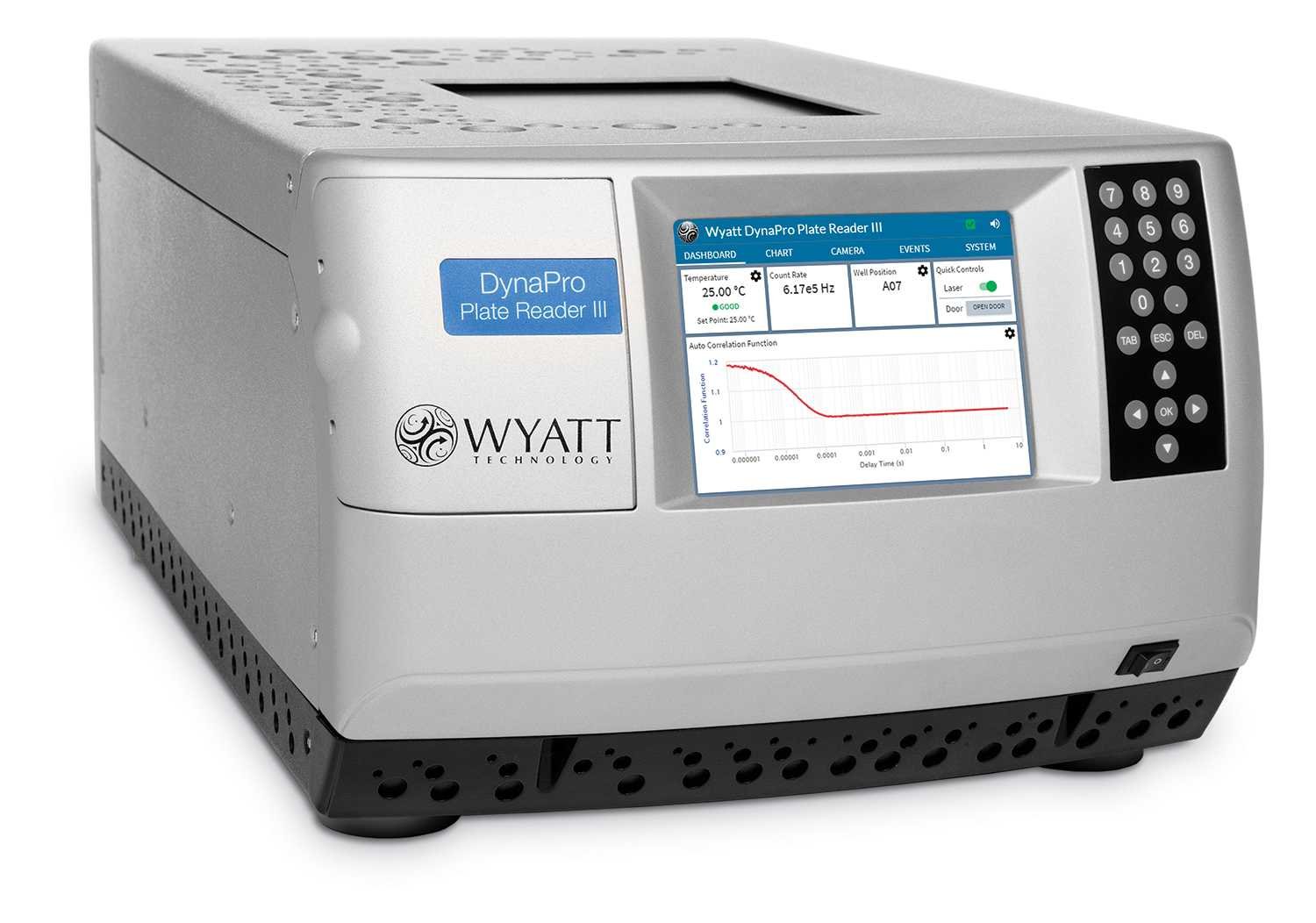
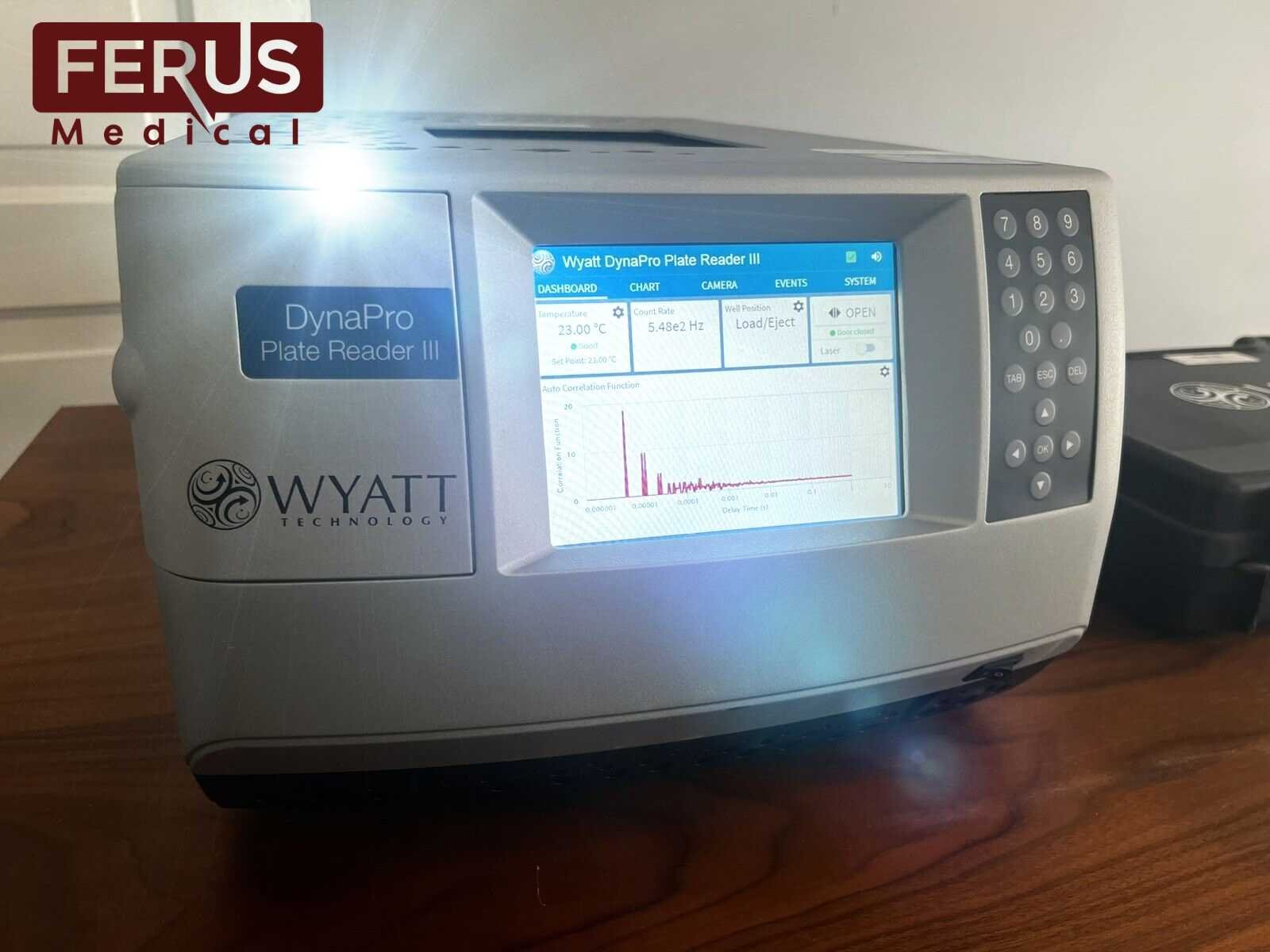
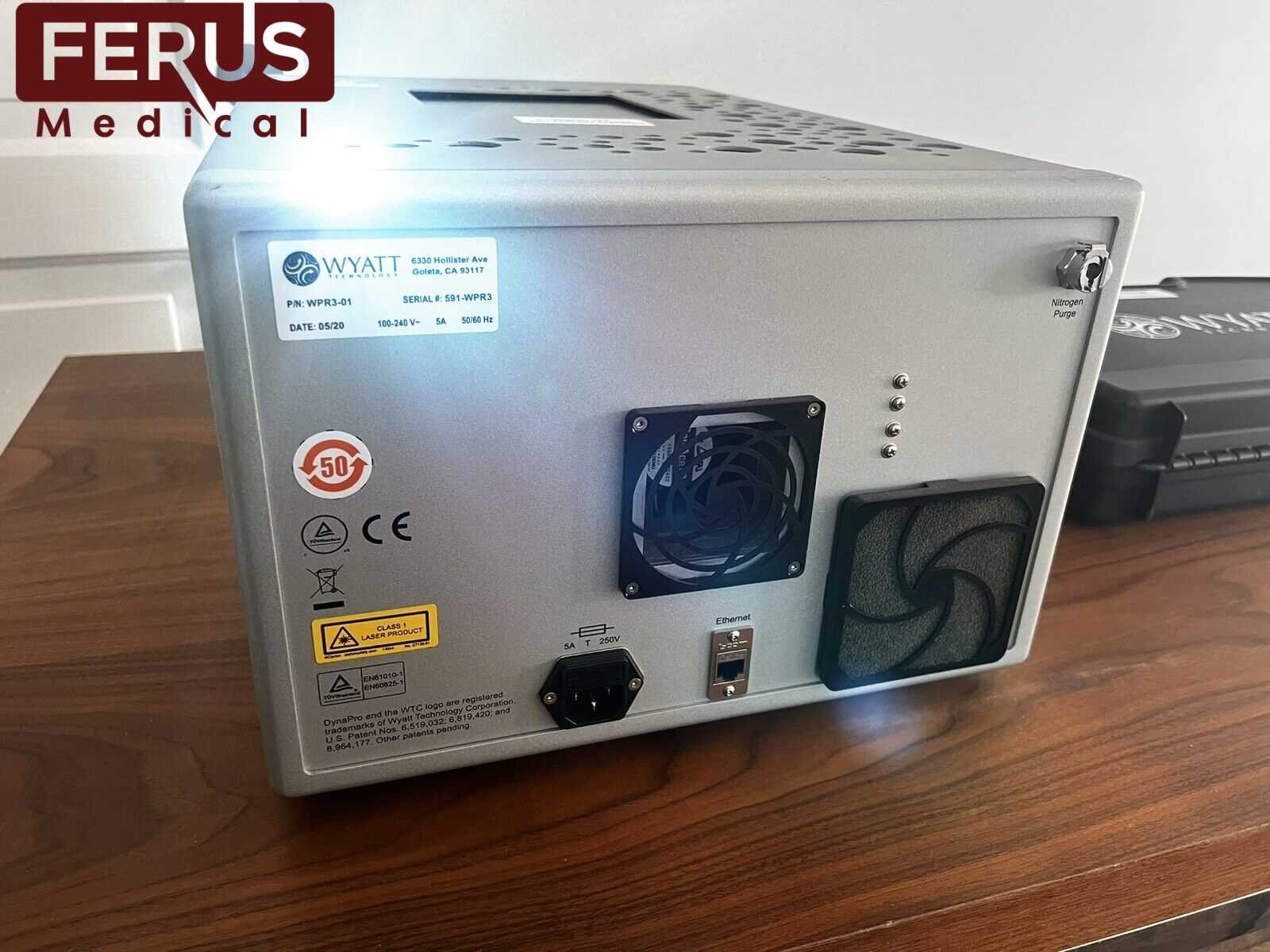

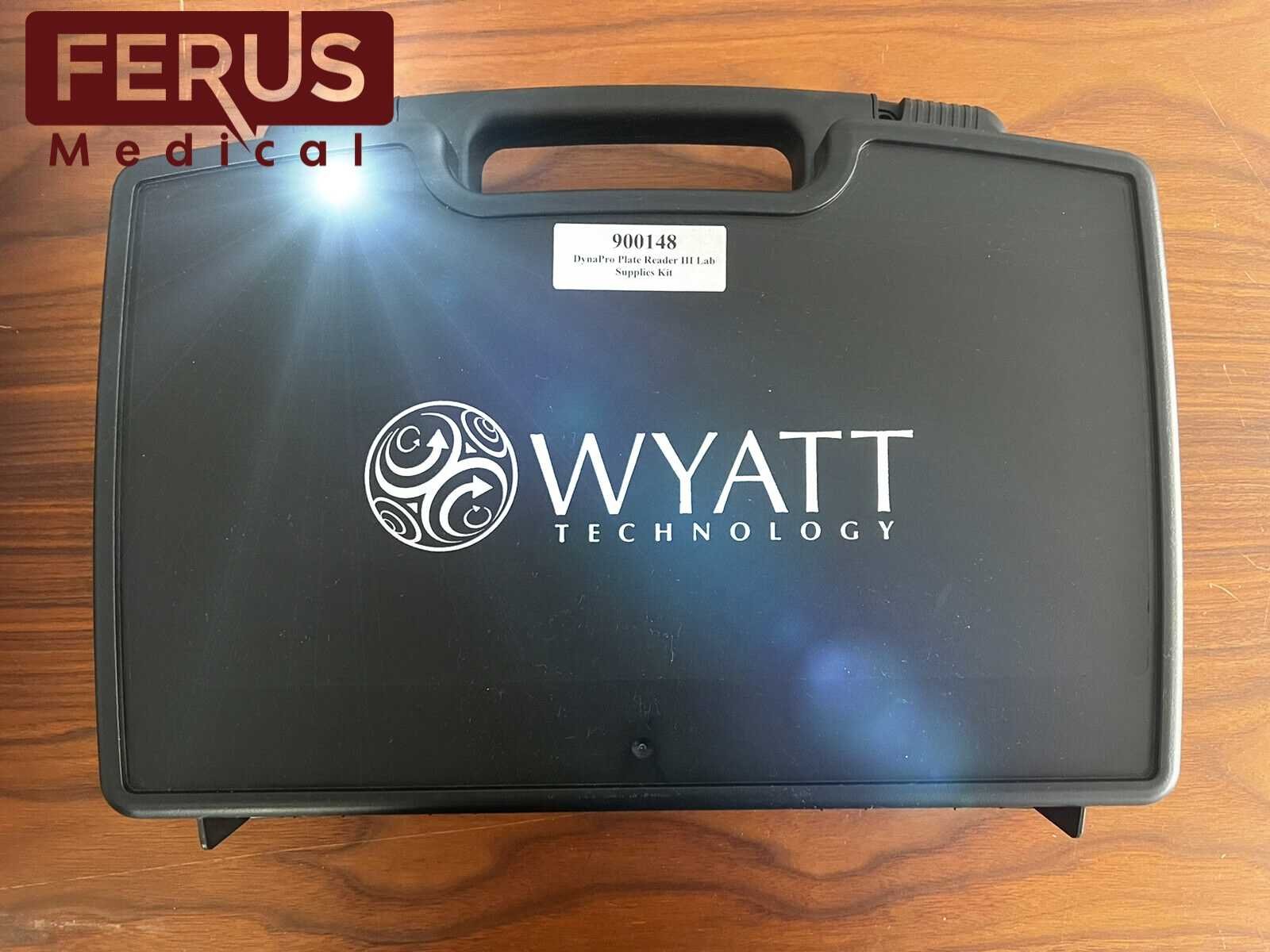
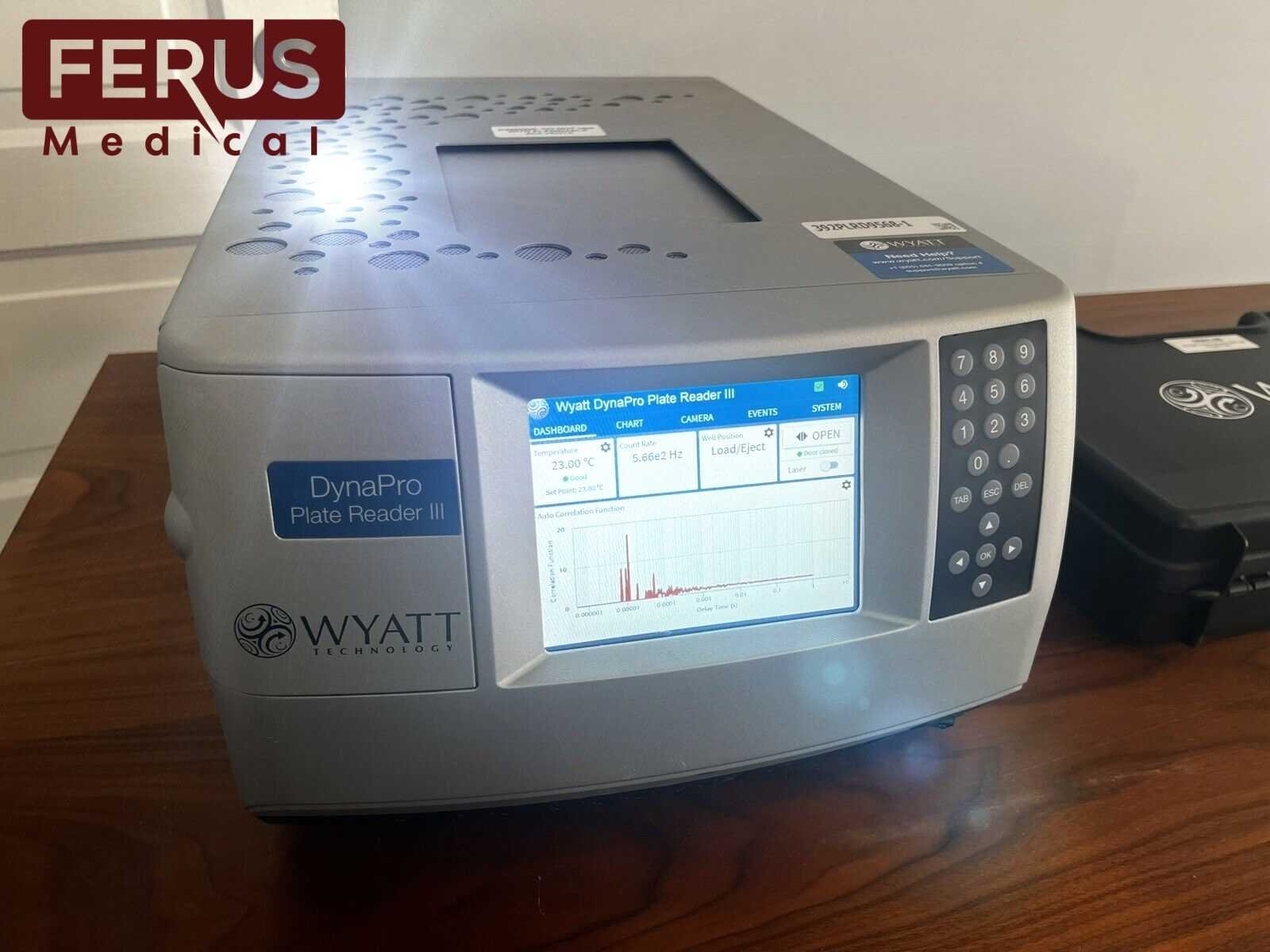
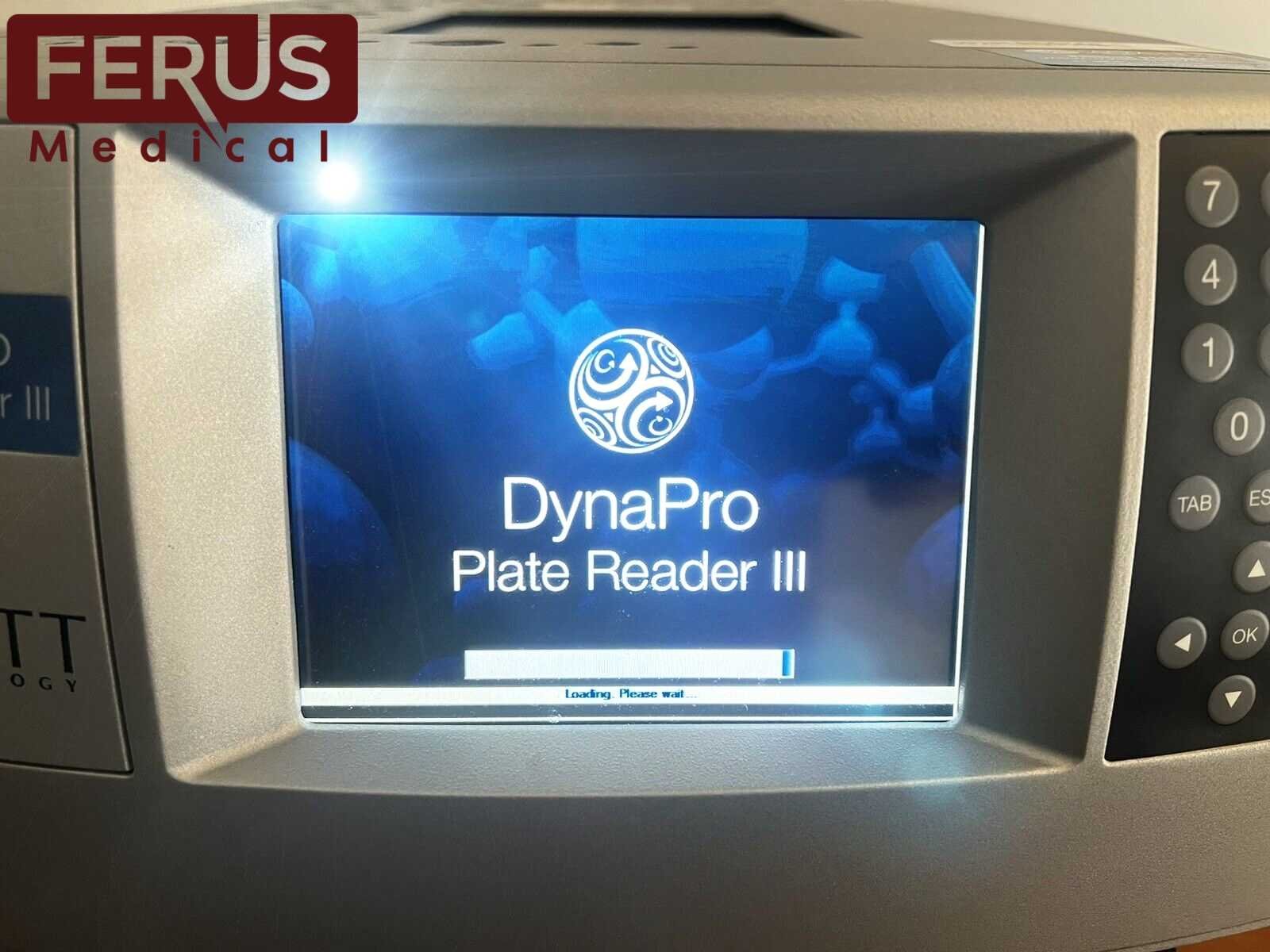
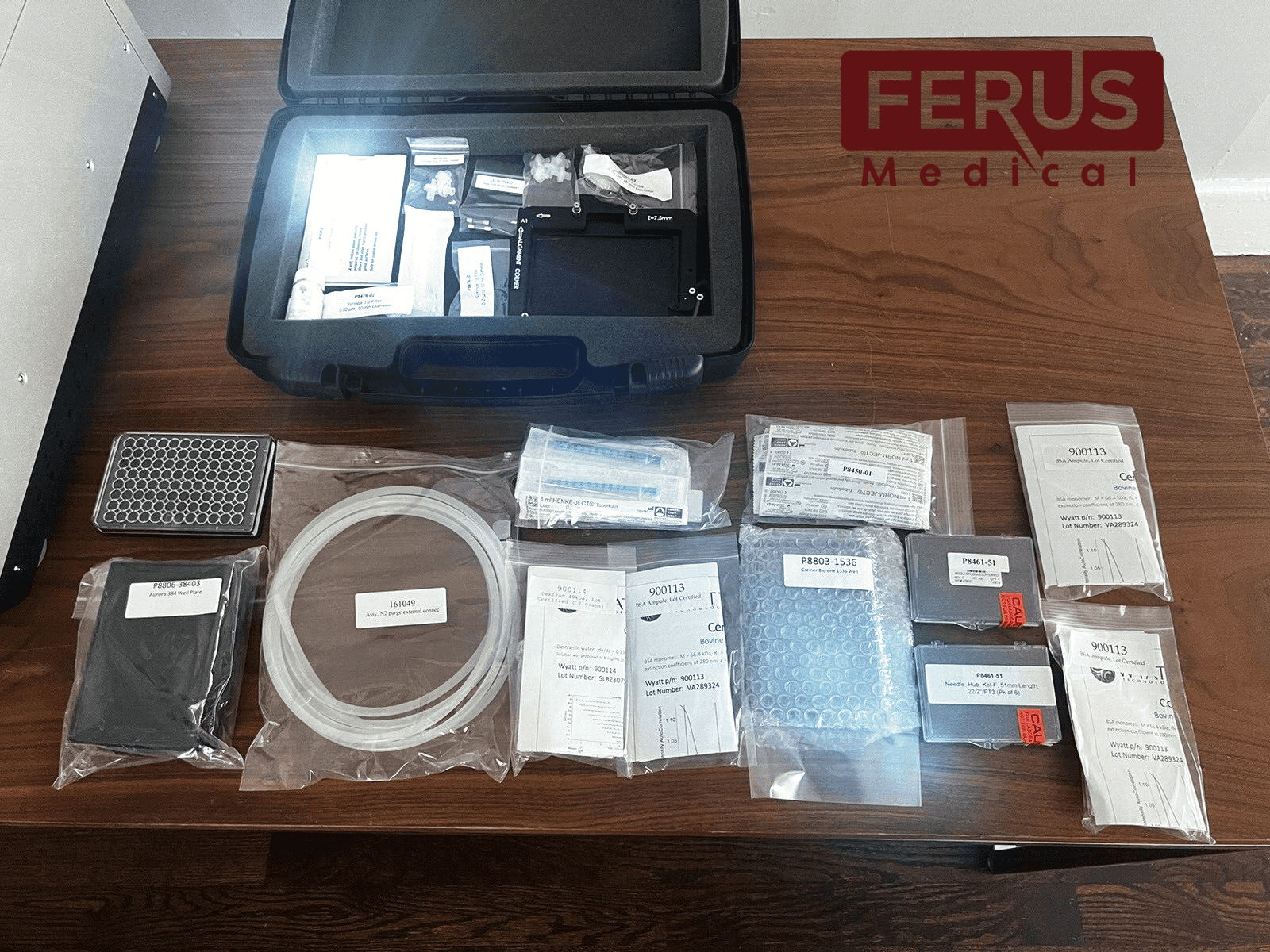
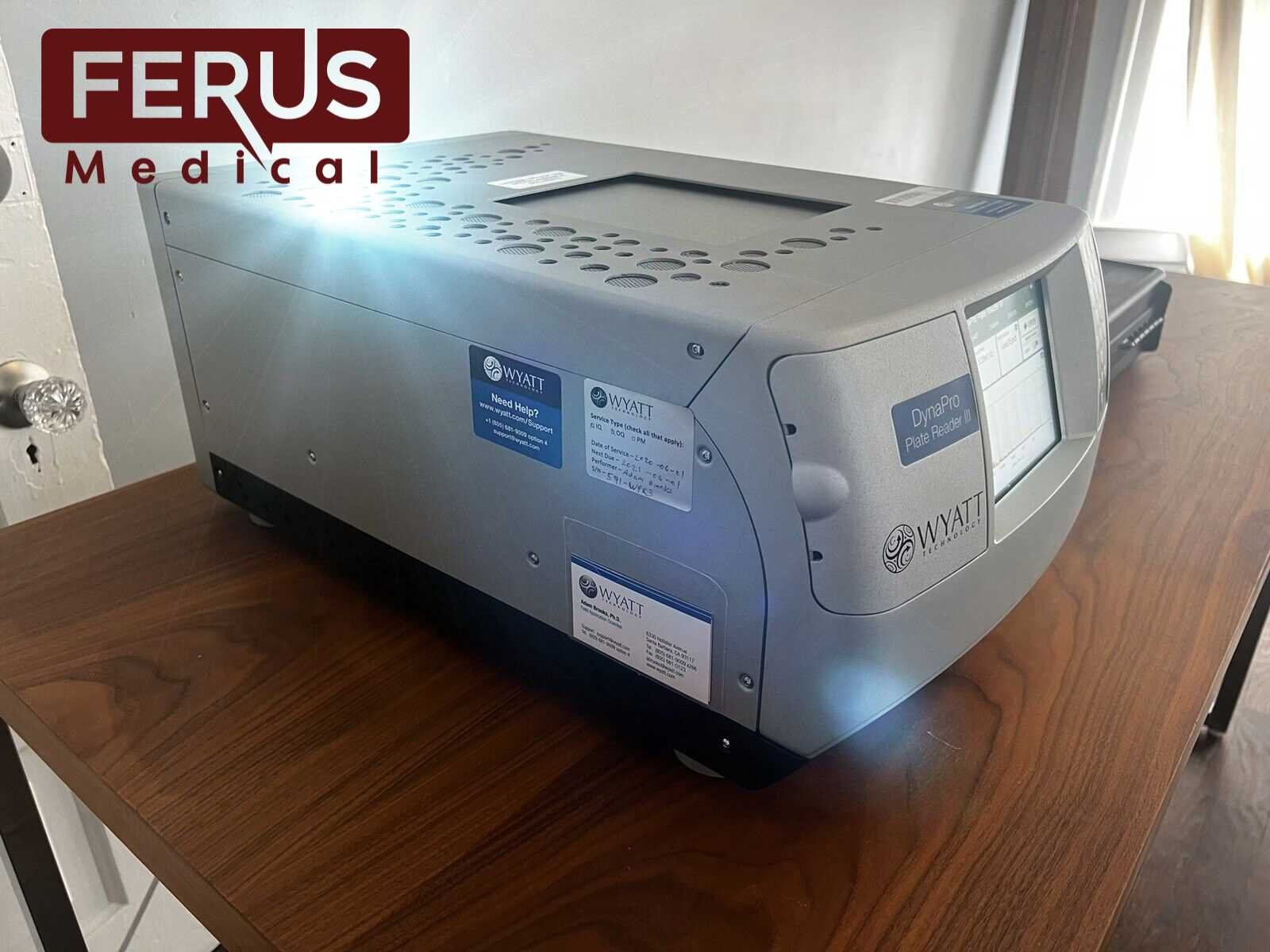
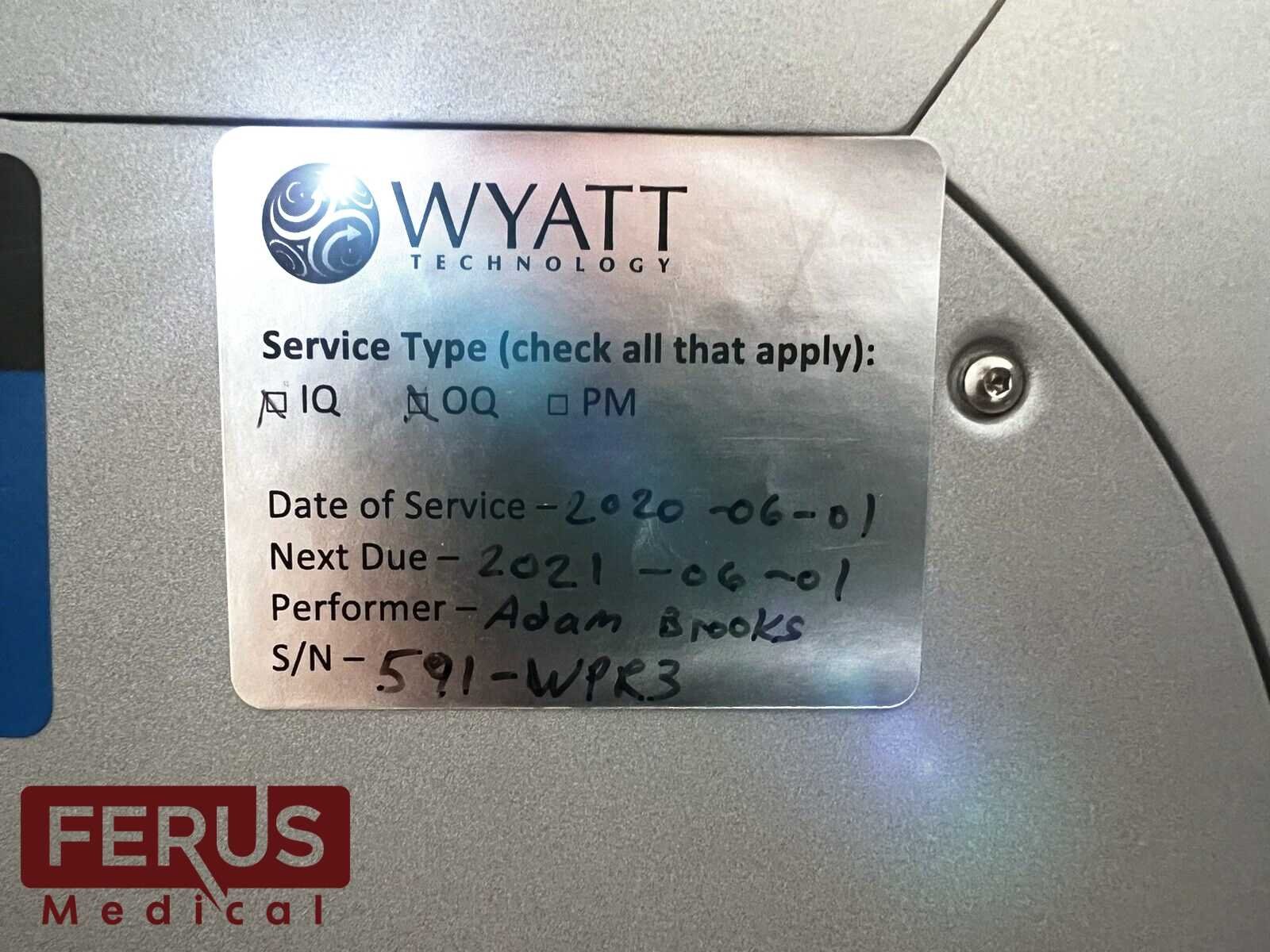
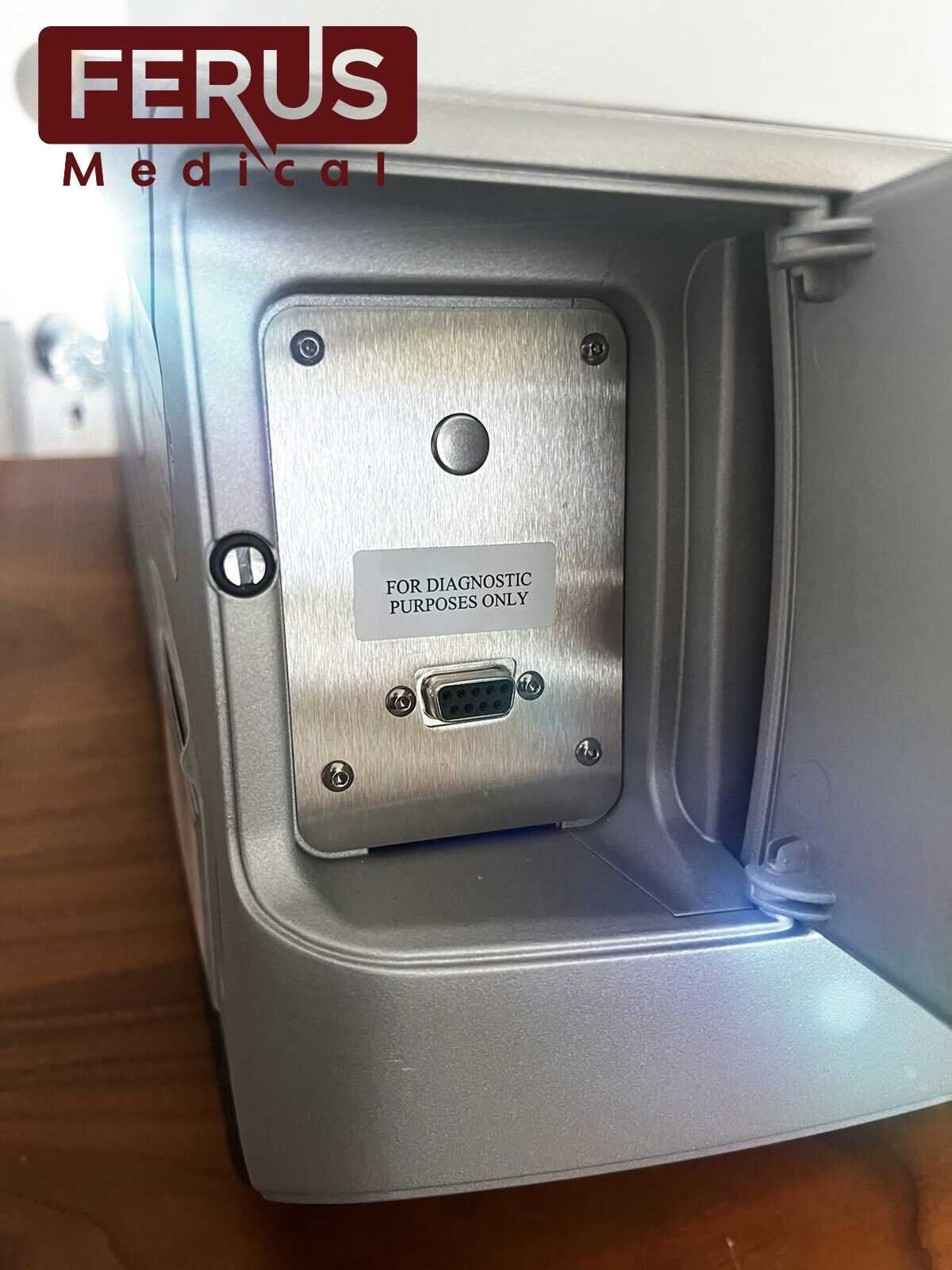
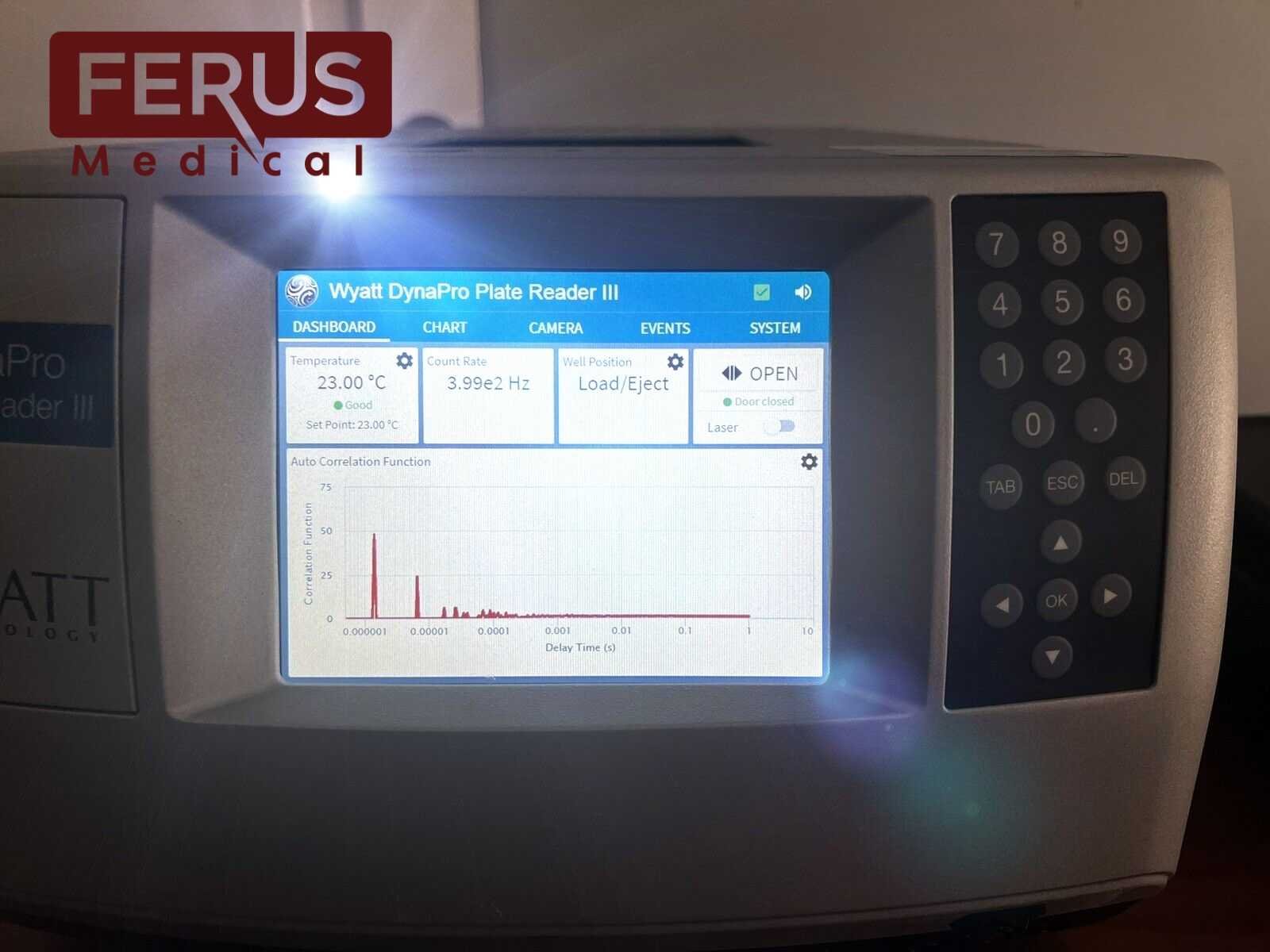
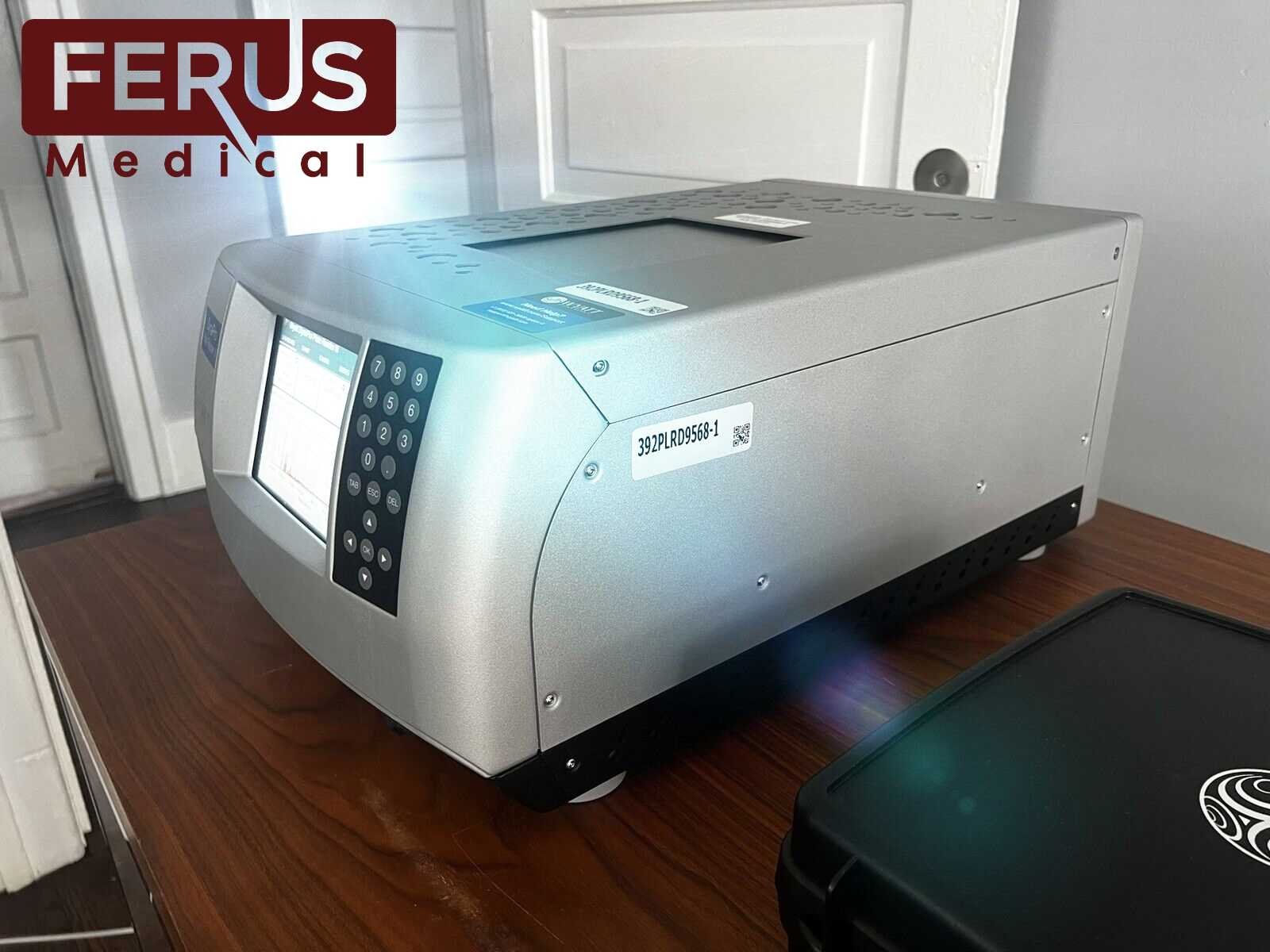
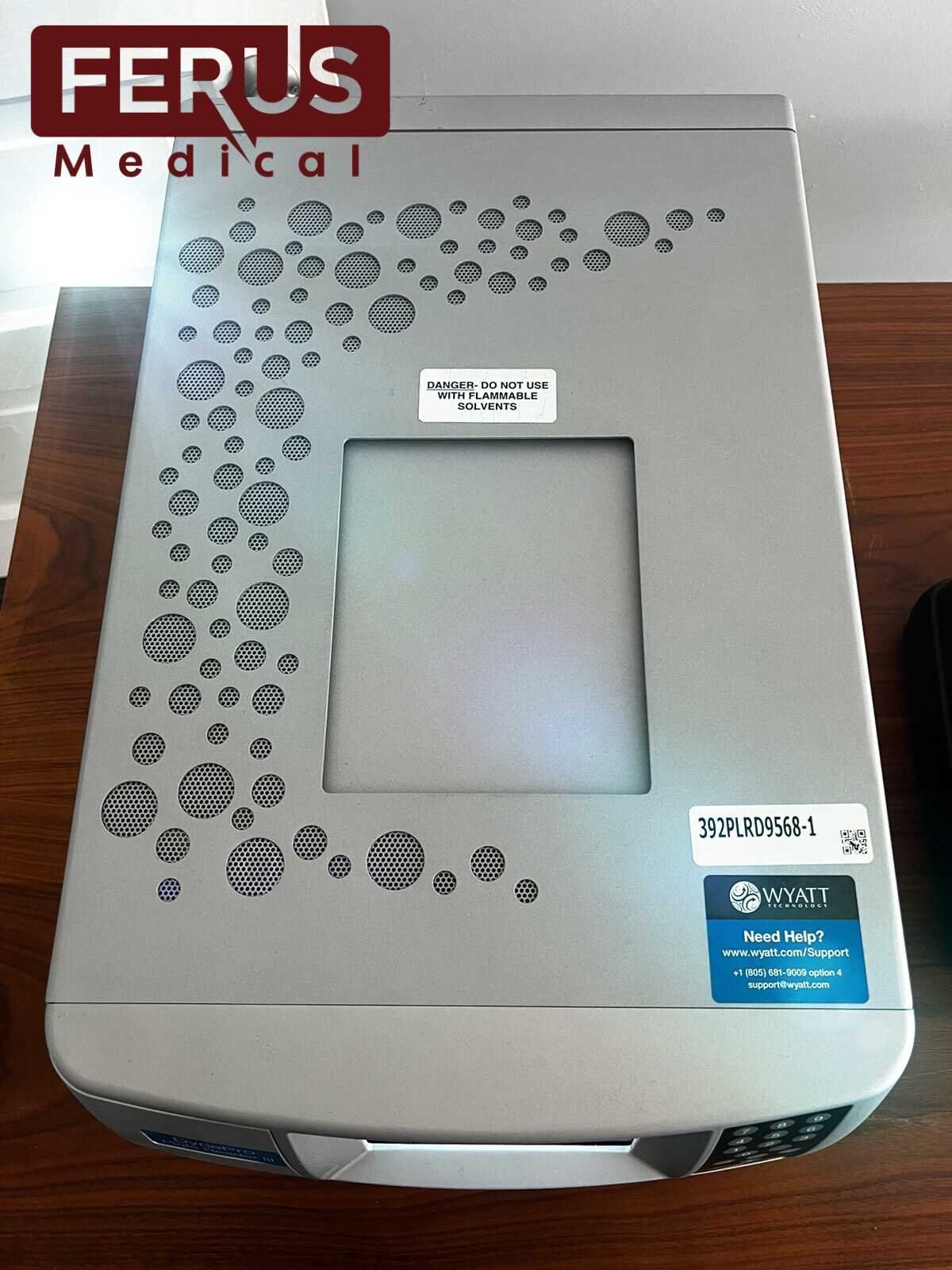
Reviews
There are no reviews yet.